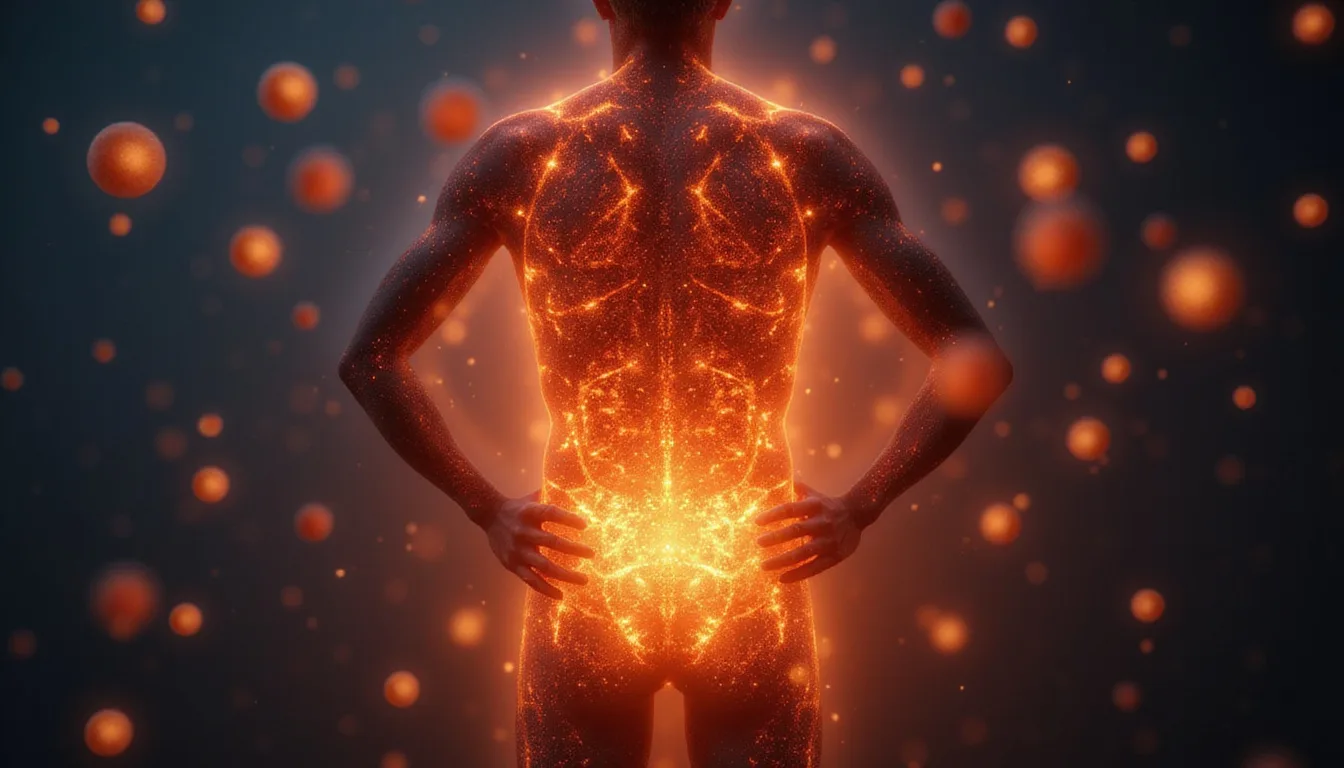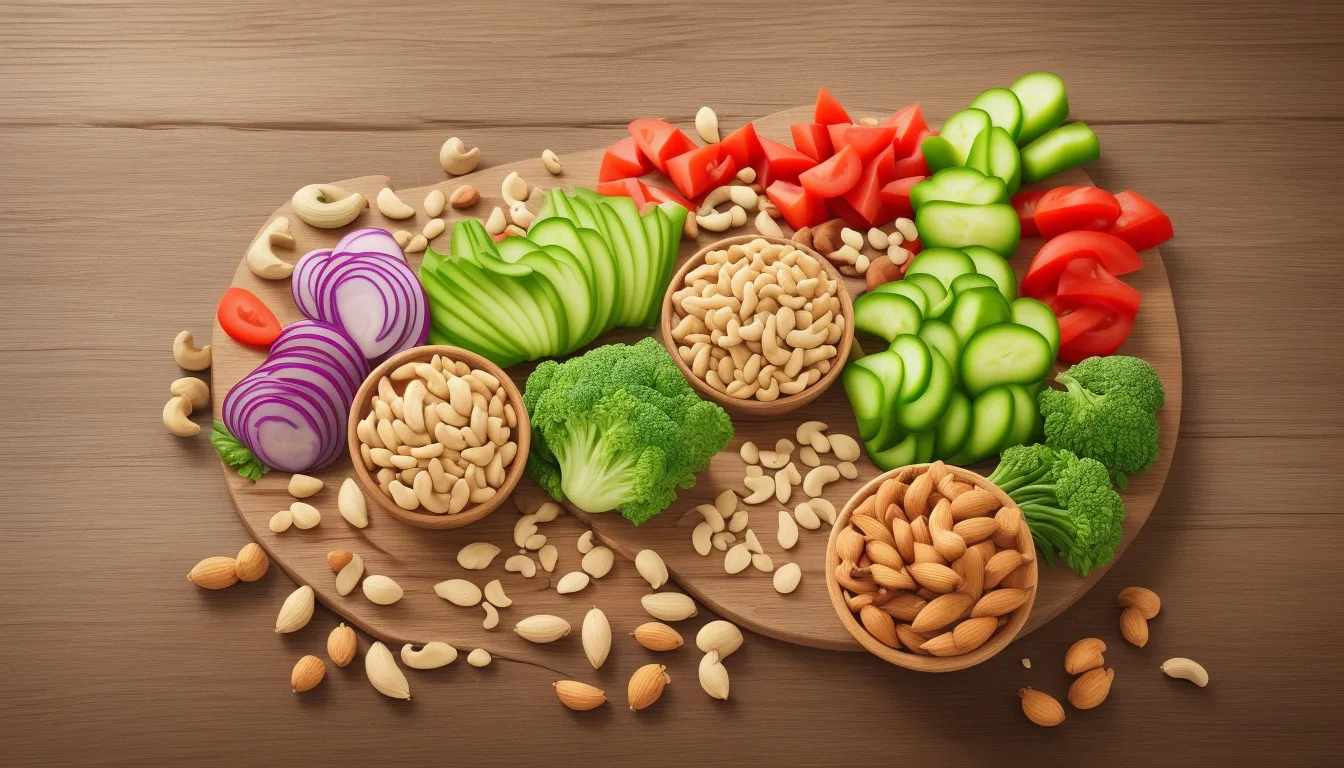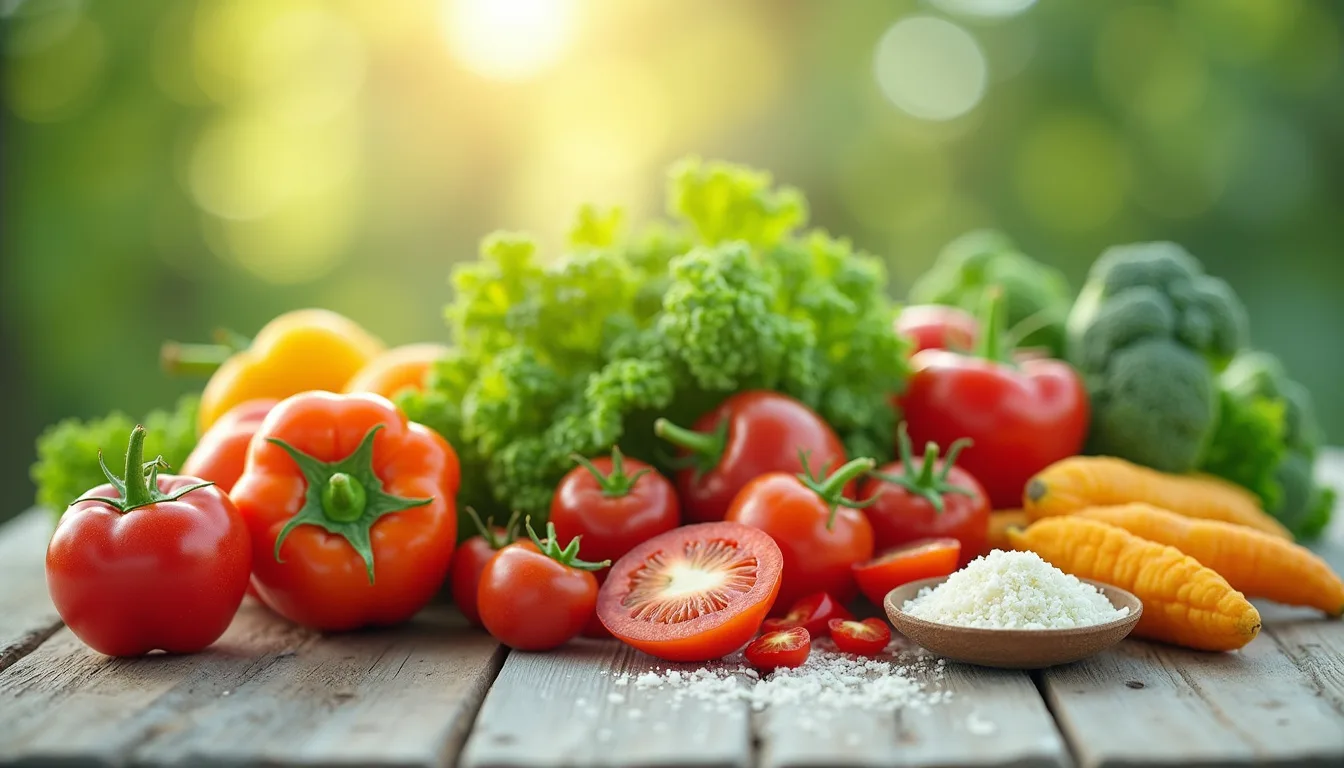
Ketosis is a natural metabolic state. Your body burns fat for fuel instead of mostly using glucose. You do not have to starve or count each calorie. You can lose fat while still feeling full. This guide explains the science, gives simple steps, shares meal ideas, and lists safety tips. You can burn fat faster and avoid strict restrictions.
How ketosis works: the science in plain language
When you eat fewer carbohydrates, your insulin drops. Your liver then converts stored fat into ketone bodies. Ketones—acetone, acetoacetate, and beta-hydroxybutyrate—provide energy for your brain and muscles. This switch from glucose to fat fuel is called ketosis. It is not starvation. It is a steady, controlled state where your body uses its fat stores for energy.
Why ketosis may speed up fat loss
• Stable hunger: Ketones help cut your appetite so you eat less.
• More fat burning: Your body learns to use stored fat for energy.
• Flexible metabolism: Your body gets used to switching between fuel sources, which can help you maintain your weight after your goals.
Common misconceptions about ketosis
Some people mix up ketosis with starvation or think it needs extreme eating habits. That is not true. A smart ketogenic plan uses full, healthy foods. It keeps a balance of protein, good fats, and low-carb vegetables. It is not about cutting food out. It is not like the dangerous diabetic ketoacidosis seen in uncontrolled diabetes.
How to enter ketosis without feeling deprived
You can ease into ketosis without long periods of hunger. Follow these steps to make the change smooth and steady:
-
Lower carbs gradually
Do not drop carbs all at once. Cut them over one week. Try for 20–50 grams of net carbs each day. (Net carbs equal total carbs minus fiber.) -
Focus on protein and healthy fats
Eat enough protein (about 0.6–1.0 grams per pound of lean body mass) to keep muscle. Use foods like avocado, olive oil, nuts, fatty fish, and full-fat dairy for extra calories. -
Enjoy low-carb vegetables
Choose leafy greens, broccoli, zucchini, cauliflower, and peppers. They give fiber, vitamins, and minerals without disturbing ketosis. -
Drink water and get electrolytes
Less carbs make your body lose more water and salts. Drink water and eat or take salt, potassium, and magnesium. This helps avoid headaches and tiredness. -
Try intermittent fasting
Short daily fasts (such as 14–16 hours) can speed ketone release and boost fat burning without extra calorie counting. Start slowly and listen to your body. -
Track your progress wisely
Use blood ketone meters for good accuracy, or try urine strips and breath meters as lower-cost ways. Notice energy, hunger, and changes in your body along with these tests.
Practical meal ideas that make ketosis simple
• Breakfast: Scrambled eggs with spinach and smoked salmon. Cook in butter or olive oil.
• Lunch: A big salad of mixed greens, grilled chicken, avocado, olives, feta, and olive oil vinaigrette.
• Snack: A small handful of macadamia nuts or celery with almond butter.
• Dinner: Pan-seared salmon with roasted cauliflower, and sautéed kale in garlic and butter.
• Dessert: Full-fat Greek yogurt with a few raspberries and chia seeds (watch the portions).
A simple grocery checklist for ketosis success
• Proteins: Eggs, salmon, chicken thighs, grass-fed beef.
• Fats: Olive oil, avocado, coconut oil, butter, ghee.
• Veggies: Spinach, arugula, broccoli, cauliflower, zucchini.
• Snacks: Olives, cheese, nuts (macadamia, pecans).
• Pantry: Almond flour, chia seeds, unsweetened cocoa powder.
One-week sample plan (high-level)
Day 1: Follow a 16:8 fasting schedule. Have two meals (breakfast and dinner) focused on eggs and salmon.
Day 2: Eat a moderate amount of protein and add plenty of vegetables and olive oil.
Day 3: Do a light workout. Have a bit more protein after exercising.
Day 4: Eat extra leafy greens and drink bone broth for salts.
Day 5: Try a 24-hour low-carb day. Add extra fats to boost ketone levels.
Day 6: Raise your carbs slightly if needed, following a target on-cycle plan.
Day 7: Rest, check your progress, and plan for the next week.

Common pitfalls and how to avoid them
• Eating many “keto-friendly” processed foods like low-carb bars. They may have many calories and slow fat loss.
• Not having enough fiber. Low fiber may cause constipation and other issues. Eat fibrous, low-carb vegetables.
• Missing micronutrients. A good plan pays attention to salts and vitamins.
• Expecting quick fixes. It may take days or weeks for full adaptation. Patience and steady routines help.
How exercise supports ketosis and fat burning
Resistance exercise helps you keep muscle so your metabolism stays high. High-intensity workouts can boost fat burning after exercise. Steady cardio also burns calories. Time your workouts around meals and get enough protein to keep blood sugar steady. Over time, exercise in a low-carb state can improve cell function and fat use.
Safety considerations and who should be cautious
Ketosis works well for many adults when done right. However, some people should talk to a doctor first. These groups include people with type 1 diabetes, pregnant or breastfeeding women, those with kidney issues, or individuals on some medications. Always review major changes with your doctor, especially if you use medications for blood pressure or diabetes (https://www.mayoclinic.org/healthy-lifestyle/nutrition-and-healthy-eating/expert-answers/ketogenic-diet/faq-20447640).
How to measure success beyond the scale
• Check body composition: Look at muscle and fat, not just weight.
• Notice energy and performance: Better focus and endurance can show that ketosis works.
• Watch hunger and fullness: Fewer cravings and steadier appetite suggest your body is adapting.
• See clothes fit: Changes in how clothes fit can be a good sign.
Long-term sustainability: making ketosis part of your life
You do not have to stick to strict ketosis forever to see gains. Many choose a cycle: long low-carb phases for fat loss, then a planned return of some carbs for social life and activity. Keep protein, good fats, and vegetables high while limiting refined carbs. Build habits you like—tasty foods, meal planning, and good sleep—to help these changes stick.
Quick tips to beat the “keto flu”
• Add salt and minerals.
• Drink plenty of water.
• Eat enough fats to meet your energy needs.
• Take it easy on high-intensity workouts during the first week.
These steps usually clear symptoms in a few days to a week.
One bulleted checklist to get started (first 7 days)
• Cut daily net carbs to 20–50g.
• Eat enough protein to maintain muscle.
• Increase healthy fats for satiety.
• Drink plenty of water and include salts.
• Check ketones and energy levels.
• Add low-carb vegetables to every meal.
• Skip sugary drinks and processed foods.
FAQ — Common questions about ketosis
Q: What is ketosis and how does it help burn fat?
A: Ketosis is when your body makes ketones from fat and uses them for energy instead of glucose. By changing its fuel source, your body burns more fat and you may feel less hungry.
Q: How long does it take to enter ketosis safely?
A: Most people see ketosis in 2–7 days after lowering net carbs and adjusting protein and fats. Your prior diet, activity level, and health can affect the timing. Short fasting periods might speed up the change.
Q: Is nutritional ketosis the same as ketoacidosis?
A: No. Nutritional ketosis is a safe, controlled state reached by diet and fasting. Ketoacidosis is a dangerous condition seen in uncontrolled diabetes. If you have diabetes, talk with your doctor before trying this plan.
Expert resources and further reading
For balanced and medically reviewed details on low-carb diets and safety, see trusted sources like the Mayo Clinic (https://www.mayoclinic.org/healthy-lifestyle/nutrition-and-healthy-eating/expert-answers/ketogenic-diet/faq-20447640). Research studies reviewed by health experts can also help tailor the plan to your needs.
Final thoughts — make ketosis work for your life
Ketosis can act as a tool to burn fat faster without the pain of strict diets. The secret is a steady, well thought-out plan: lower carbs smartly, focus on protein and complete meals, support your body with salts, and eat food that you enjoy. Watch progress by more than just your weight, be patient while you adjust, and talk with your doctor if you have any health issues.
Ready to try a plan that fits you? Start with a simple seven-day test using the checklist above. Notice how you feel and consult a nutrition expert if you need a personal plan. Small, steady changes in how you eat and move can unlock the benefits of ketosis—helping you burn fat faster while eating well and feeling good.
[center]Always consult with your doctor prior to making drastic diet changes.[/center]
[center]As an Amazon Affiliate, Savvy Keto makes a small commision (at no extra cost to you) on any purchases you make thru affiliated links you click on.[/center]




